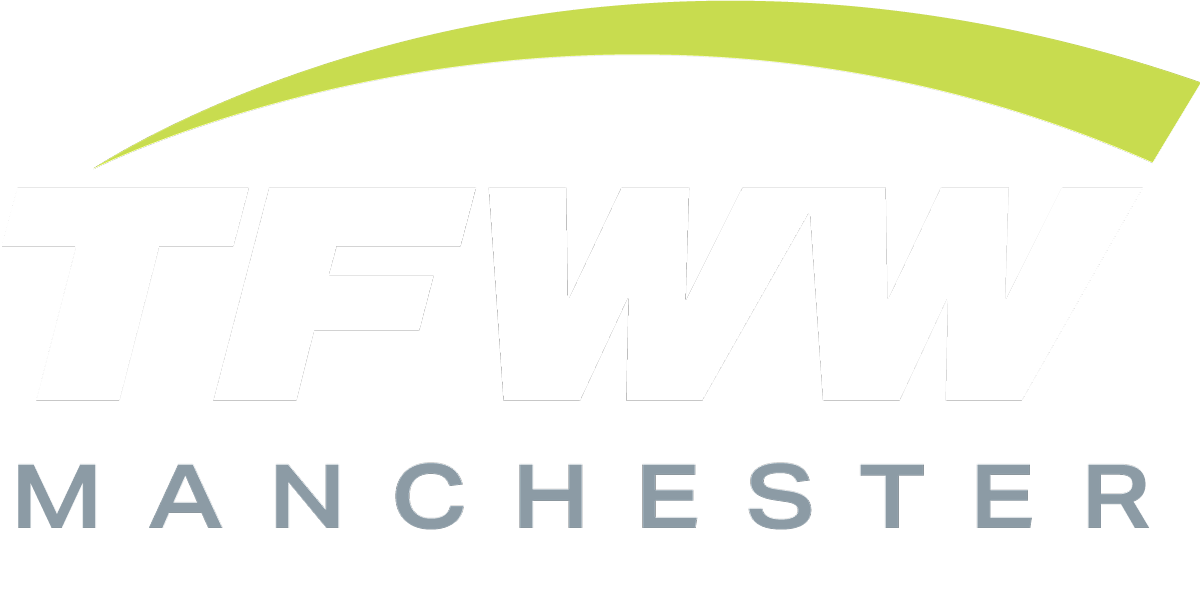From Chaos to Clarity: Building a Scalable Freight Process Without Hiring
In a growing business, logistics starts simple—and quickly becomes overwhelming.
What began as a few weekly shipments turns into a flood of carrier emails, missed pickups, invoice disputes, and internal status updates. For lean operations teams, it’s a slippery slope: more volume means more complexity, and suddenly freight becomes the loudest, most unpredictable part of the day.
It’s no wonder many leaders assume the solution is to hire.
But that’s not the only—or even the best—path forward.
At TFWW Manchester, we work with companies in exactly this situation: ready to scale, but not ready to build a logistics department from scratch. The good news? With the right systems in place, you can eliminate chaos and build a scalable freight process—without hiring internally.
The Freight Problem Isn’t Just Volume—It’s Process
When freight becomes overwhelming, most companies think they have a capacity problem. But what they usually have is a process problem.
Without clear workflows, even a moderate volume of shipments can feel like a firehose. Here’s what we typically see:
No centralized system for booking or tracking
Shipment details spread across email, spreadsheets, and verbal updates
Reactive communication with carriers (instead of proactive coordination)
No clear SOP for what happens when things go wrong
Disputes and billing errors that go unchallenged
As volume grows, this lack of structure leads to stress, missed shipments, strained teams, and rising costs.
At TFWW Manchester, our approach is to replace reactive shipping with repeatable systems—so your team can operate with clarity instead of chaos.
Why Hiring Too Early Can Backfire
Hiring someone in-house to “handle freight” seems like a logical next step. But without foundational processes in place, that hire often ends up buried in the same chaos—just with a different inbox.
What often happens:
The new hire becomes a bottleneck
Carrier relationships stay inconsistent
Invoices are still messy
Everyone still asks, “Where’s that shipment?”
Even worse, if that person leaves, your freight process leaves with them.
Before you hire, it’s worth asking: What are we actually trying to solve—and is there a better way to solve it?
For many companies, the answer isn’t “more people.” It’s “better freight systems.”
What a Scalable Freight Process Looks Like
A scalable freight process doesn’t rely on one person—it relies on a system that anyone on your team can follow.
At TFWW Manchester, we help businesses implement a structure that includes:
Standardized booking workflows that eliminate back-and-forth with carriers
Proactive shipment tracking, so your team isn’t constantly chasing updates
Clear escalation paths when issues arise
Audited invoices, so your finance team trusts what they’re paying
Integrated communication, so everyone stays informed without extra meetings
This clarity allows your business to ship more, stress less, and grow faster—without needing to build an in-house freight department.
From Ad Hoc to Automated
One of the most powerful shifts we help our clients make is moving from ad hoc freight management to automated, rules-based processes.
Here’s how it works:
You define your preferences, carriers, and service levels
We build those rules into your profile
Our team handles the day-to-day execution—within your parameters
You get alerts when needed, not noise when you don’t
This Done-for-You Freight™ model means you stay in control, but not in the weeds. And when exceptions happen (because they always do), you have a team already in place to resolve them fast.
Real-World Example: Scaling Without Staffing Up
A high-growth ecommerce brand came to TFWW Manchester with weekly shipment volume doubling every quarter. They didn’t have a logistics team—just one operations manager doing it all.
They were preparing to hire, but paused to explore our process.
Here’s what we implemented:
Shipment SOPs customized to their warehouse schedule
Carrier rules that prioritized speed for outbound and cost for returns
Automated call checks for all high-value shipments
Centralized shipment reporting for finance
The result?
Zero new headcount
40% fewer shipping-related emails internally
98% on-time delivery rate over 6 months
More time for their team to focus on fulfillment and inventory
They scaled their freight process without scaling their staff—and still had room to grow.
Why Early-Stage Teams Love This Approach
If you’re an early-stage or lean ops team, you know that every hire counts. Every tool needs to justify its cost. Every system must pull its weight.
TFWW Manchester helps companies like yours:
Avoid building a freight process from scratch
Get logistics expertise without the payroll commitment
Remove bottlenecks and protect team bandwidth
Set up systems that scale with your business
We don’t just move shipments—we design logistics infrastructure that grows with you.
What You Gain Without Hiring
By outsourcing freight process management to TFWW Manchester, you gain:
Expertise: Access to a full team that knows freight inside and out
Time: Fewer interruptions and escalations for your internal staff
Clarity: Real-time visibility and predictable workflows
Control: Your rules, your voice—executed by our team
And when you’re ready to build an internal team down the road? You’ll have the systems, documentation, and confidence to do it right.
Final Word: Clarity Scales, Chaos Doesn’t
In a growing business, clarity is a competitive advantage. And nowhere is that more true than in freight.
If your logistics process feels chaotic, hiring might seem like the answer. But without the right foundation, it’s just a new person fighting the same fire.
At TFWW Manchester, we help businesses move from chaos to clarity—with systems, support, and strategy that scale. No new headcount required.
Ready to Build a Freight Process That Scales?
Let’s make logistics your growth partner—not your bottleneck.
Book a Discovery Call with TFWW Manchester today, and find out how our Done-for-You Freight™ model can help you scale smarter—with less stress and more structure.

